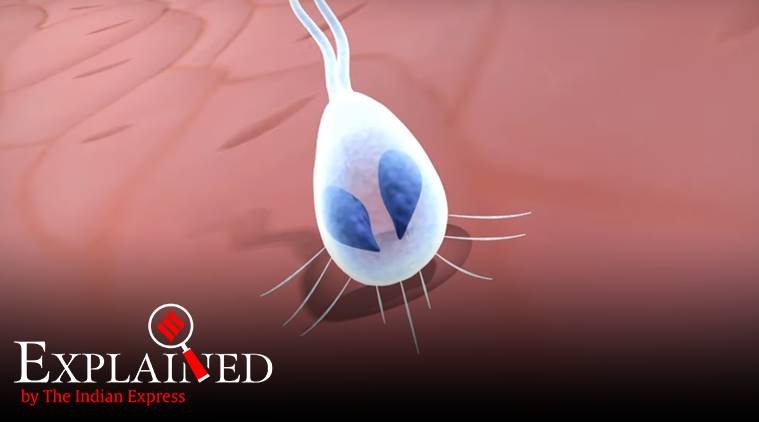Note4Students
From UPSC perspective, the following things are important :
Prelims level: Henneguya Salminicola
Mains level: NA

Researchers at Tel Aviv University have discovered a non-oxygen breathing animal, which significantly changes one of science’s assumptions about the animal world — that all animals use aerobic respiration and therefore, oxygen.
Henneguya Salminicola
- The organism is Henneguya salminicola, a fewer-than-10-celled microscopic parasite that lives in salmon muscle.
- It relies on anaerobic respiration (through which cells extract energy without using oxygen).
- In the case of this non-oxygen breathing organism, evolution turned it into a simpler organism that shed “unnecessary genes” responsible for aerobic respiration.
- Other organisms such as fungi and amoebas that are found in anaerobic environments lost the ability to breathe over time.
- The new study shows that the same can happen in the case of animals, too.
What is Aerobic respiration?
- Animals, including humans, need energy to perform the various tasks that are essential for survival.
- Aerobic respiration is one such chemical reaction through which organisms take in oxygen and release carbon dioxide into the atmosphere.
- Through this mechanism, energy is transferred to cells, which can use it for multiple purposes — for instance, to burn food.
- Mitochondria is the “powerhouse” of the cell, which captures oxygen to make energy — its absence in the H. salminicola genome indicates that the parasite does not breathe oxygen.
Get an IAS/IPS ranker as your 1: 1 personal mentor for UPSC 2024

 UPSC 2026 Mentorship - April Batch Launch
UPSC 2026 Mentorship - April Batch Launch